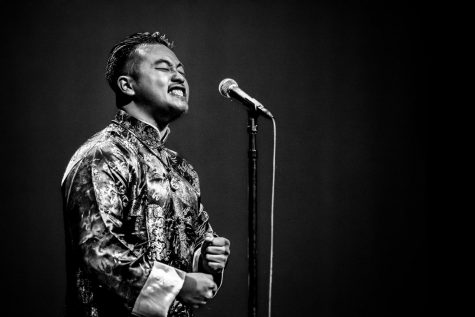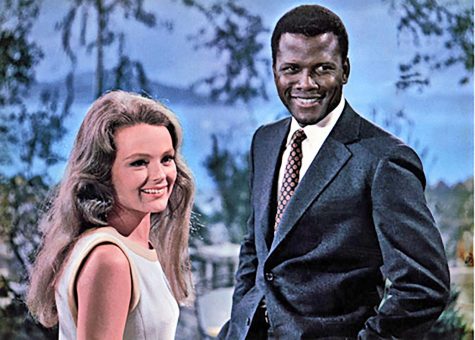SXSW: A brief history of the festival
Every year thousands of people flock to Austin to attend the South by Southwest Music Festival and Conference. The week-long extravaganza now covers almost every aspect of popular entertainment, including music, movies and interactive media.
The festival has become the place to be if you are a band on the rise or a starving film director, as many people from within the music and film business attend. It has undoubtedly put Austin on the map as one of the premier places where creativity is not only encouraged, but can thrive. The history of the festival and the sheer impact it has on the city is a story within itself.
According to the festival’s Web site, the first South by Southwest Music Festival and Conference was held in Austin in 1987. Although the private company SXSW, Inc. was responsible for getting the festival off the ground, the company’s mission in creating the conference was to have a way for the rest of the world to come to Austin and discover musicians and its live music scene. Additionally, part of its purpose was to help the music business interact with the artists.
SXSW was exclusively a music festival for its first seven years. The festival expanded to include film and interactive entertainment in 1994, as both mediums were increasingly becoming a part of Austin’s identity. The music festival went from having 700 registrants to 12,000, with the film and interactive aspects bringing in another 17,000.
The festival has housed the debuts and breakouts of many pioneering films, musicians, and technologies over the years. Twitter, the now ubiquitous online social networking site, made its first real splash during the 2007 interactive festival, where the number of tweets per day expanded from 20,000 to over 60,000.
The film industry has used the festival to premier major productions, such as 2009’s “I Love You, Man,” and independent films, some which have gone on to become critical and commercial successes. Additionally, many bands have gotten their big breaks at the music festival, as post-festival buzz from music journalists and industry people has led to the launching of many group’s careers. A solid run at SXSW can land an unsuspecting band with a record contract if they perform at the right place at the right time.
One important aspect about the festival that has nothing to do with the quality of music, films, or technology present is the impact that the festival has on the Austin economy. According to a Greyhill Advisors report, last year’s festival brought an estimated $99 million to the city. This is because the festival brings an influx of people from all over the world to Austin, spending money on hotels, transportation and food during their stay. This year’s festival is projected to bring around the same, if not more, revenue into Austin’s economy.
Another positive aspect of the festival is that it has bolstered Austin’s reputation in the entertainment business. It has caused many in the industry to see the city as an important market, and it has reinforced its image as the live music capital of the world. SXSW has become synonymous with most people’s conception of the city, as evidenced by the number of people that attend the festival.
From its humble beginnings to the entertainment giant it has become today, SXSW has been influential through and through. Whether it’s in helping unsigned bands gain unparalleled exposure or bringing money into Austin’s economy, the impact of the festival is undeniable, and it is safe to assume that it will be around for many years to come.





